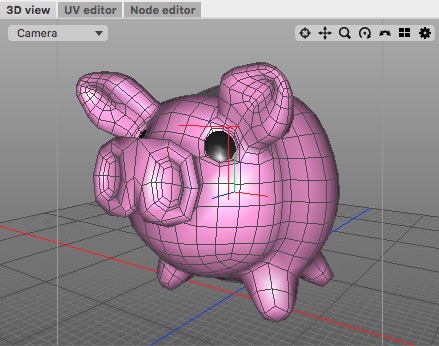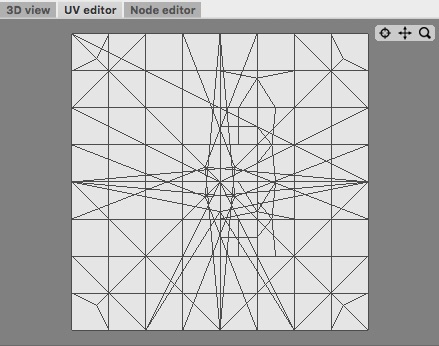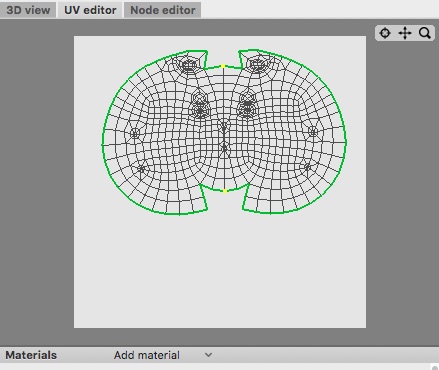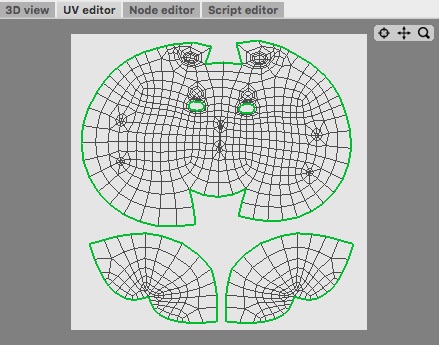UV unwrapping
In this tutorial we're going to assign UV coordinates to a complex surface. So we have to assign to every three dimensional vertex a 2 dimensional UV coordinate. Assigning UV coords to characters can be especially complicated since characters have quite irregular shapes. But with the Unwrap UV tool it is just a few mouse clicks to create the UV coords.
|
1. Loading a mesh The first thing we have to do is to load a mesh. You can find the mesh of the Pig in the "Examples" folder which comes with Cheetah3D. Now change the window layout to "UV Editing". You should now have a 3D view and a UV Editor. After selecting the mesh of the pig in the object browser the UV coords of the pig will be displayed in the UV editor. But as you can see on the third image the UV coords are very irregular and some even overlap. Such UVs are totally unusable. We are interested in a UV atlas with non overlapping unique UV coords. |
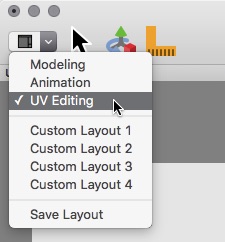
|
|
2. First try with the Unwrap UV tool Now we can make a first try with the Unwrap UV tool. Just call the menu command "Tools->UV->Unwrap UV". The result can be seen on the right image. It already looks a little bit more regular but the mesh is still overlapping. But that is normal. Imagine a rubber ball. It is impossible to unwrap a closed rubber ball. You can only press it flat. But it is still overlapping. To unwrap the ball you have to make a cut into it. And that's exactly what we have to do in the next step. |
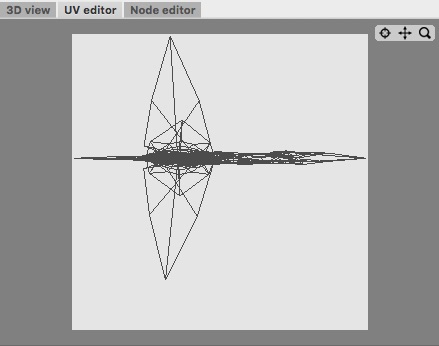
|
|
3. Setting seams A seam is an edge where the mesh will tear up when calling the Unwrap UV command. Setting seams is as easy as setting creases (see the Axe tutorial). To set the seams we simply have to select the edges and call the "Selection->Toggle Seam" menu command. In our case we set the seam at the belly of our pig. As you can see on the right image the seam edges will become green. |
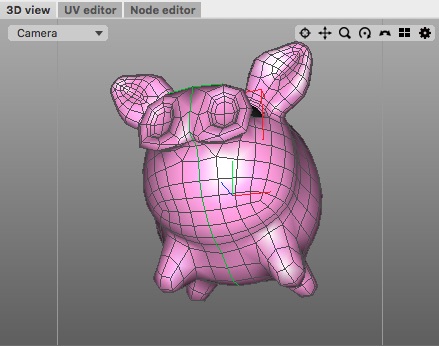
|
|
4. Second try with the Unwrap UV tool Now we can make a second try with the Unwrap UV tool. Once again call the menu command "Tools->UV->Unwrap UV". That was already an improvement. The body looks quite OK. But the ears are still overlapping. Lets turn back to the rubber ball example. Assume the rubber ball has the shape of our pig. If you make a cut into it's belly and press it flat the ears will probably still stand up. So what would you to in practise? Yes, you would pull at the edges (seams) until it gets flat. Now you can pin the rubber ball onto a wood board and it should be totally non overlapping. The same can be done with Cheetah3D. |
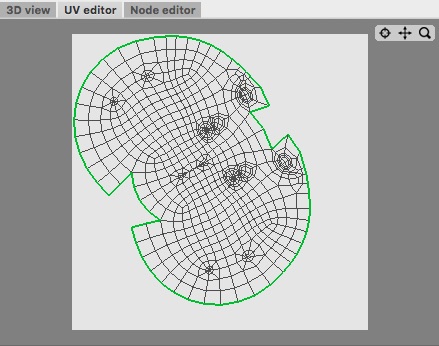
|
| 5. Pin UV coords We now have to pin some UV coords. To do that simply select the two points which you can see on the right image with the select tool. Then call the "Toggle Pinned UV" menu command from the UV editor context menu. The pinned UVs will become yellow (after unselecting the points). |
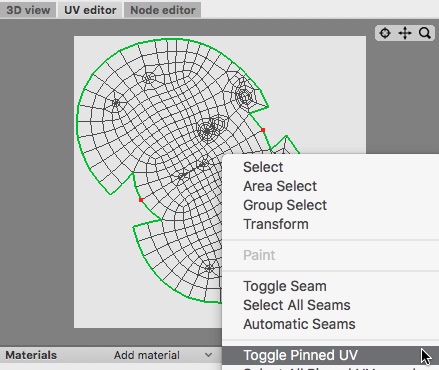
|
|
6. Third try with the Unwrap UV too But first we move the pinned you coords to the middle of the screen (with the transform tool) as you can see on the image on the right. The position of pinned UVs won't be changed when calling the Unwrap UV command. Finally call the Unwrap UV tool a last time. Et voila we have a nice unwrapped pig. Now the pig is really for assigning him a texture. |
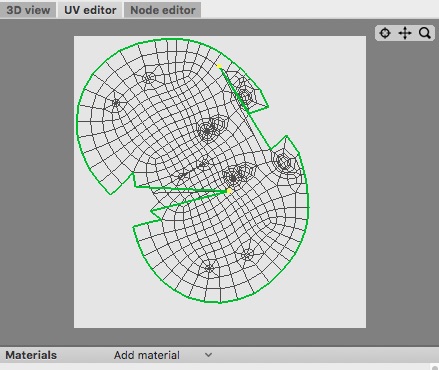
|
|
Now it is your turn. Using the same technique, you can produce many different types of unwrappings. For our pig example it would be probably even better if we also set seams around the ears. That will result in a much more evenly spaced UV mesh. And we can even avoid the pinned UVs.
|
|
